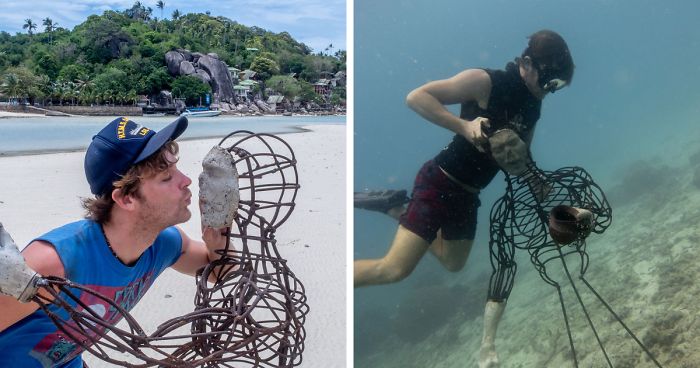
I Spent 1 Year Creating A Sculpture That Works With Electrical Current Which Helps Corals Grow 3-5 Times Faster (13 Pics)
I created The Fight for the Last of Life over the course of a year, and after quite a lot of literal blood and sweat, I couldn’t be happier to see it resting on the seafloor where it belongs.
I would’ve liked to have completed it more quickly, but I can only work on these projects in the little spare time I have outside of teaching reef conservation biology to the students who join us from all over, through our non-profit Conservation Diver.
With the help of my colleague Bob, and electrical engineer from Holland, we’ve run a low impressed current through this sculpture, turning it into a Cathode through seawater electrolysis. This process encourages coral growth and enhances the survivability of these threatened organisms, with scientific studies suggesting corals can grow 3-5 times more rapidly through this technique by contrast to natural conditions.
More info: conservationdiver.com
The Fight for the Last of Life – finally in place
This cup will soon be restored by our team at Conservation Diver with a genetically diverse feedstock of opportunistic coral fragments (nothing broken or physically damaged by hand). The Cup of Life, will be growing a beautiful endangered Acropora coral up and out of it, that the other sculptures are reaching out for to steal for their own ends.
Everything starts small. Here I was beginning work on that very first sculpture
This concept was one I’ve been dreaming about creating for the last 3 years since my mentor and colleague Chad Scott was diagnosed with Leukemia (AML specifically). He is an inspiration to everyone he ever met, and his diagnosis sent me spiraling into a dark depression. Watching a man in his early 30s, one with so much incredible potential (which he still retains to this day), shattered my belief in “good things come to good people”. His entire life he had to fight for everything he ever did, and as a reef conservation biologist was constantly struggling against others who seek to take credit for his work, profiteer off it, or bastardize it in some way shape or form. Months after his diagnosis, I drew up a concept sketch, of him reaching towards the surface, with hands reaching up and out of the sculpture, attempting to grab onto him, to either hold him back or have them take him with them.
“I Am Iron man!”
Fast-forward several months, cuts, arc-eye and mosquito bites. Worth it!
More than 3 years later, the concept evolved a great deal. The cup held by the central sculpture will have a coral planted into it, embodying the proverbial cup of life. The sculpture’s face is broken, as are their hands, a reference to our rapidly decaying humanity and environment. The other two sculptures reaching out for him, instead of faces, are masked. These sculptures are those that would seek to take the work of those conservationists who fight sincerely for the betterment of the planet. They seek to use that work to their own end as a form of greenwashing, a practice so common in today’s world that it has made skeptics of all of us.
Ready to be taken out on a longtail, I’m seen here grinning like an idiot
One last kiss before you go down
Perhaps the kiss lingered too long. The sculptures then got a little handsy
The sculptures weren’t physically welded to the base frame. I don’t have a lot of money, so I needed to be able to deploy these sculptures from a small vessel without the help of a crane. Everything needed to be lifted by hand and then freedived down to 35 feet to the seafloor.
The sculptures were put into their correct positions, and I bolted them onto the base from using U-Bolts and reinforced steel hose clamps.
Is your glass half empty, or half full?
I really love the soldering that I did to connect the Cup of Life to the rest of the sculpture’s rebar skeleton, so the electrical current would carry through to it and allow it to accrete minerals.
With the low impressed electrical current running through it, here you can see the effect of the calcium carbonate crust reinforcing the sculpture’s bars. This beautiful white crust is the same material that corals use to build their skeleton and is what makes them grow so much quicker on this sculpture than under natural conditions!
If you doubt the power of CoralAid and mineral accretion technology (electrifying reefs), this is the rest of the site only a year and a half after it was deployed. Just look at that beautiful coral growth in an area that was once entirely sand.
In closing, I’d like to say thank you, Chad Scott. You’re a friend, my mentor, and a hero.
20Kviews
Share on FacebookThis is amazing!!! Not many people can say that they have a coral garden!!! And thanks for doing your part in helping the ocean!
Deeply appreciative of the support. I didn't think this post would pick up any traction!
Load More Replies...I can only image what people will think in 1000 years when they find these lost coral zombie's
I like the thought of people being around 1000 years from now, getting freaked out by these sculptures. I hope we can all pull together to make that happen!
Load More Replies...This is a beautiful post, from the concept, the work that has gone into it, the outcome, and the love and appreciation that you show towards Chad Scott. I sincerely hope that he will be able to pull through and say, many years from now, "I have had cancer".
Agreed. May we all have someone that so inspires us, and that we inspire. Bonus points if the outcome is good for the environment.
Load More Replies...I'm no genius! But I work with some! All I want these sculptures and the work I do as a marine conservationist to do is to provide a platform for the colleagues I work with to reach a wider audience. Work like this needs more support, and this will be my last project for a while until I can find some place that will provide me with a living wage to do this work again through Conservation Diver and my collaborater Coral Aid.
Load More Replies...Hopefully something that haunts them forever! Forever would be good...
Load More Replies...Thank you so much for this. A lot of work goes into this and people who appreciate it like you make it worth it!
Load More Replies...Oh wow. This is beyond words. I always believed that art can spread awareness but you take it one step further: your art even helps mother nature where it is most needed. Just... Beautiful. Let's set up a fundraiser, share this beautiful post and spread the word.
beautiful sculpture, beautiful concept, well done! and thank you from someone who loves the oceans gifts <3
while very creative, the part about it taking a year is of silly. if you wanted to help coral grow sooner you could have just welded it together without taking the time to create people.
A fair criticism. However I have created aritificial reefs of scale that span across large stretches of sand in conjunction with projects like these. This project took me a year to complete because my job is teaching reef conservation through the non-profit Conservation Diver that I work for so it was all done in my spare time. I've also been working on a sprawling structure at the same time that I can get my students involved with which is certainly better when it comes to the coral restoration by volume, but those don't tend to draw any attention to the work that we're doing, and unfortunately without peoples' interest, the work we do can't sustain us. While the primary intention of the work or at least certainly the most important one is to provide an enhanced habitat for coral growth, the impact that it has drawing people into the work and gaining support for our efforts can sometimes empower us to do really really great things.
Load More Replies...This is amazing!!! Not many people can say that they have a coral garden!!! And thanks for doing your part in helping the ocean!
Deeply appreciative of the support. I didn't think this post would pick up any traction!
Load More Replies...I can only image what people will think in 1000 years when they find these lost coral zombie's
I like the thought of people being around 1000 years from now, getting freaked out by these sculptures. I hope we can all pull together to make that happen!
Load More Replies...This is a beautiful post, from the concept, the work that has gone into it, the outcome, and the love and appreciation that you show towards Chad Scott. I sincerely hope that he will be able to pull through and say, many years from now, "I have had cancer".
Agreed. May we all have someone that so inspires us, and that we inspire. Bonus points if the outcome is good for the environment.
Load More Replies...I'm no genius! But I work with some! All I want these sculptures and the work I do as a marine conservationist to do is to provide a platform for the colleagues I work with to reach a wider audience. Work like this needs more support, and this will be my last project for a while until I can find some place that will provide me with a living wage to do this work again through Conservation Diver and my collaborater Coral Aid.
Load More Replies...Hopefully something that haunts them forever! Forever would be good...
Load More Replies...Thank you so much for this. A lot of work goes into this and people who appreciate it like you make it worth it!
Load More Replies...Oh wow. This is beyond words. I always believed that art can spread awareness but you take it one step further: your art even helps mother nature where it is most needed. Just... Beautiful. Let's set up a fundraiser, share this beautiful post and spread the word.
beautiful sculpture, beautiful concept, well done! and thank you from someone who loves the oceans gifts <3
while very creative, the part about it taking a year is of silly. if you wanted to help coral grow sooner you could have just welded it together without taking the time to create people.
A fair criticism. However I have created aritificial reefs of scale that span across large stretches of sand in conjunction with projects like these. This project took me a year to complete because my job is teaching reef conservation through the non-profit Conservation Diver that I work for so it was all done in my spare time. I've also been working on a sprawling structure at the same time that I can get my students involved with which is certainly better when it comes to the coral restoration by volume, but those don't tend to draw any attention to the work that we're doing, and unfortunately without peoples' interest, the work we do can't sustain us. While the primary intention of the work or at least certainly the most important one is to provide an enhanced habitat for coral growth, the impact that it has drawing people into the work and gaining support for our efforts can sometimes empower us to do really really great things.
Load More Replies...
 Dark Mode
Dark Mode  No fees, cancel anytime
No fees, cancel anytime 




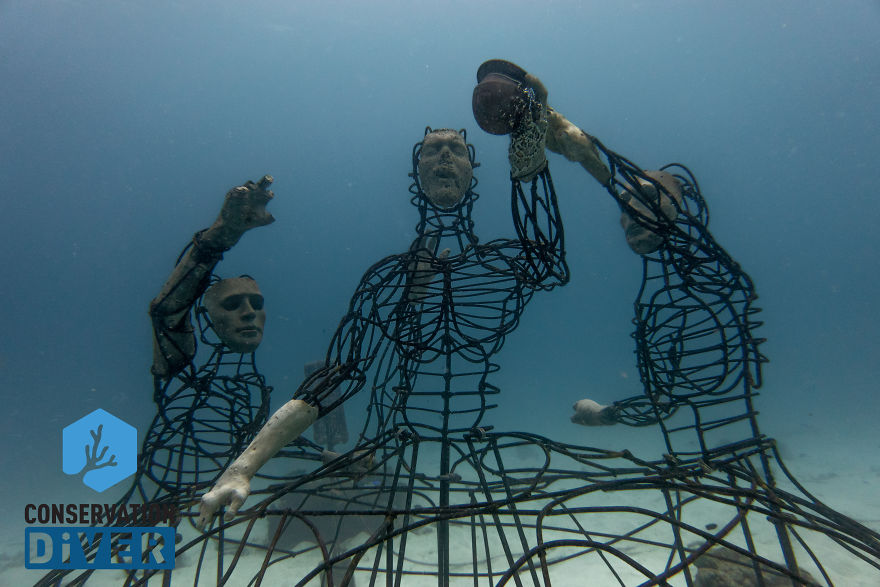
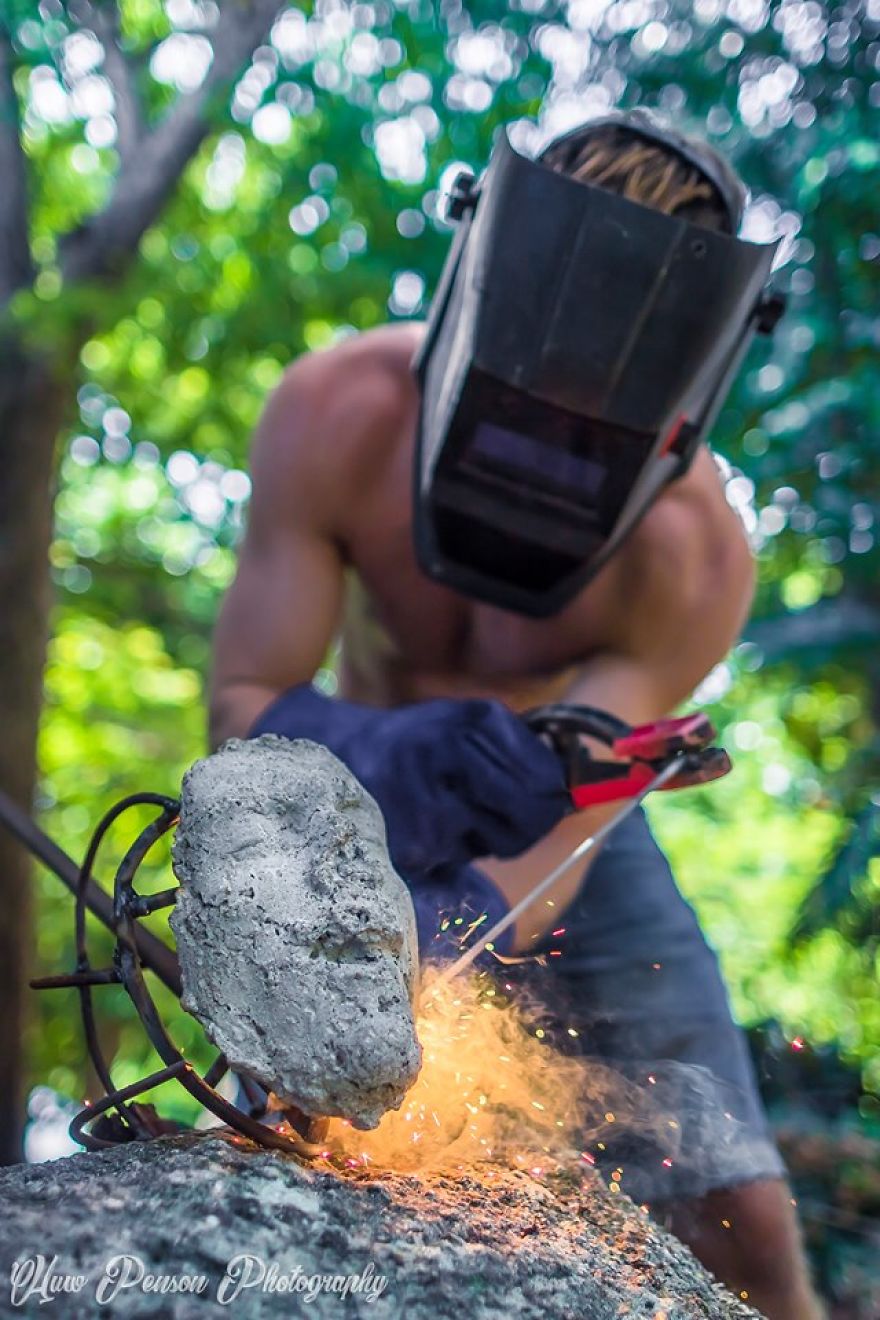
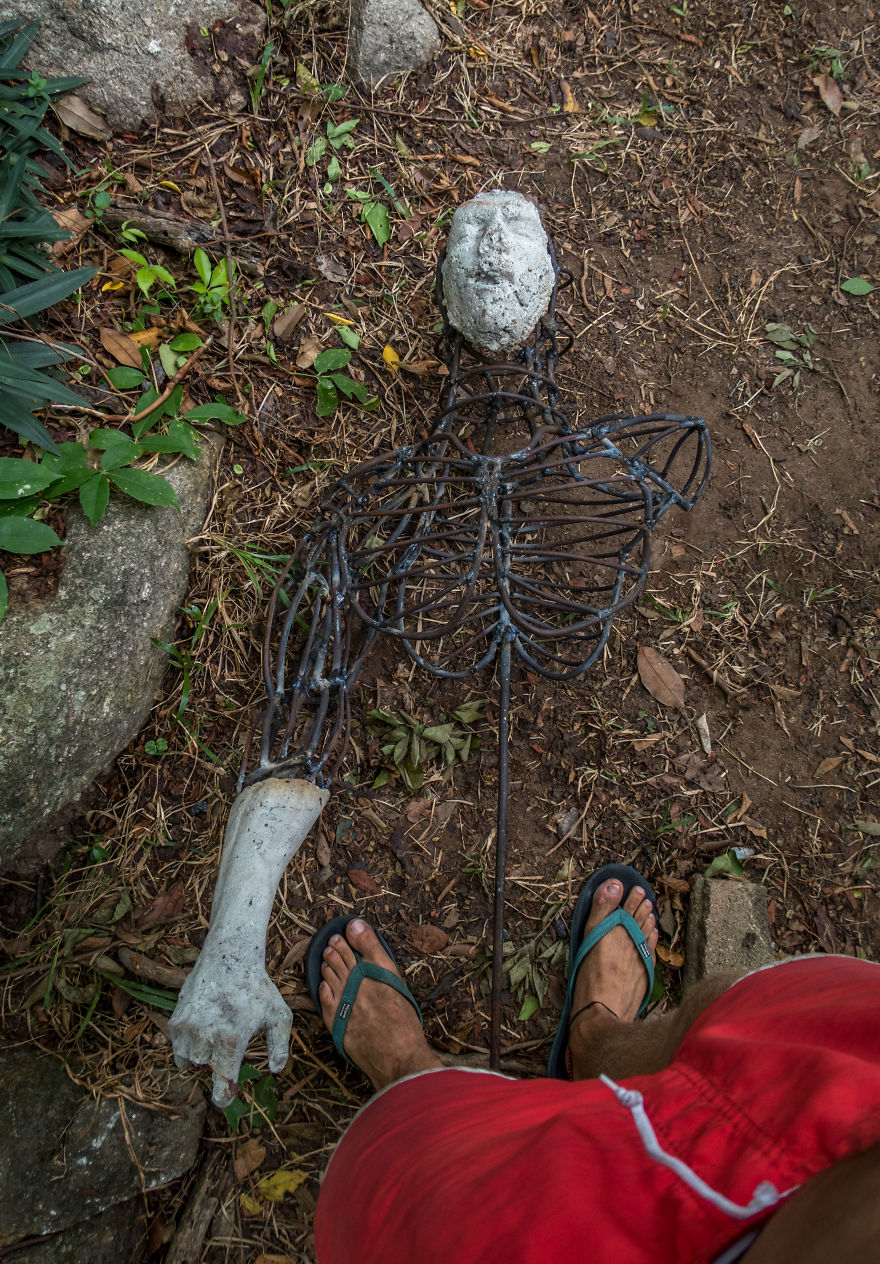
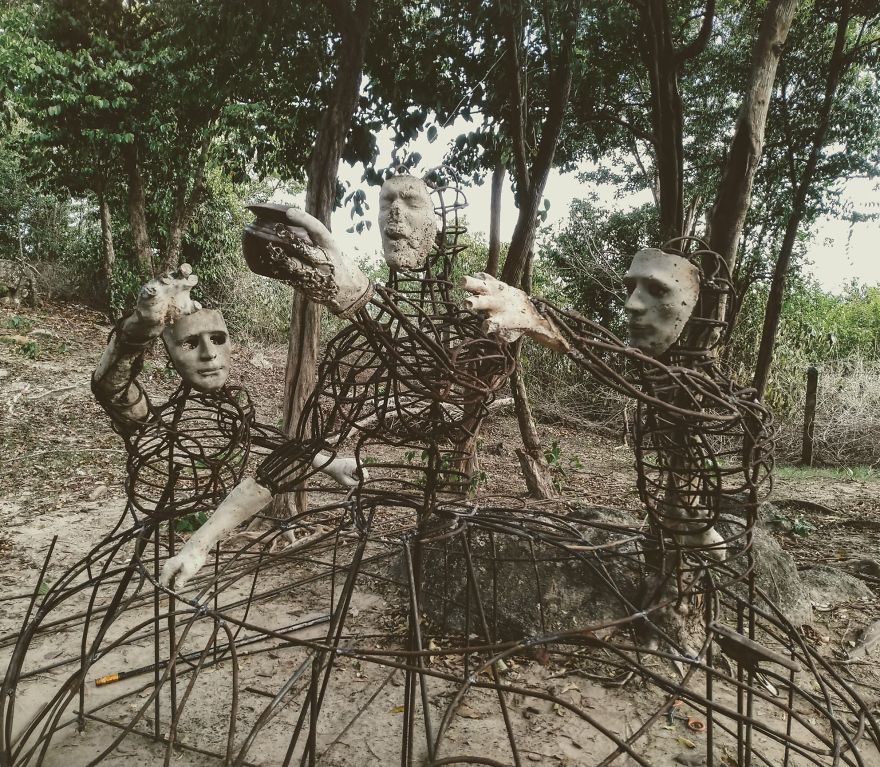
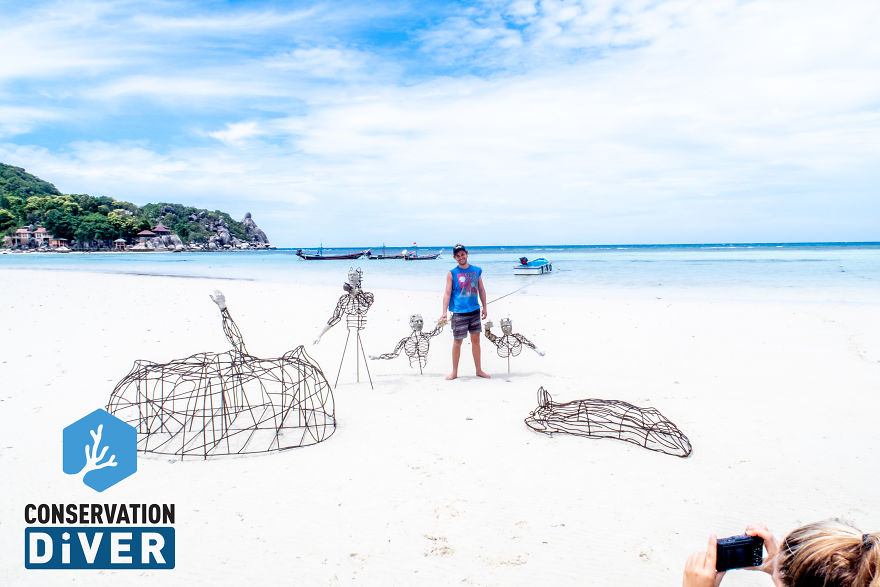
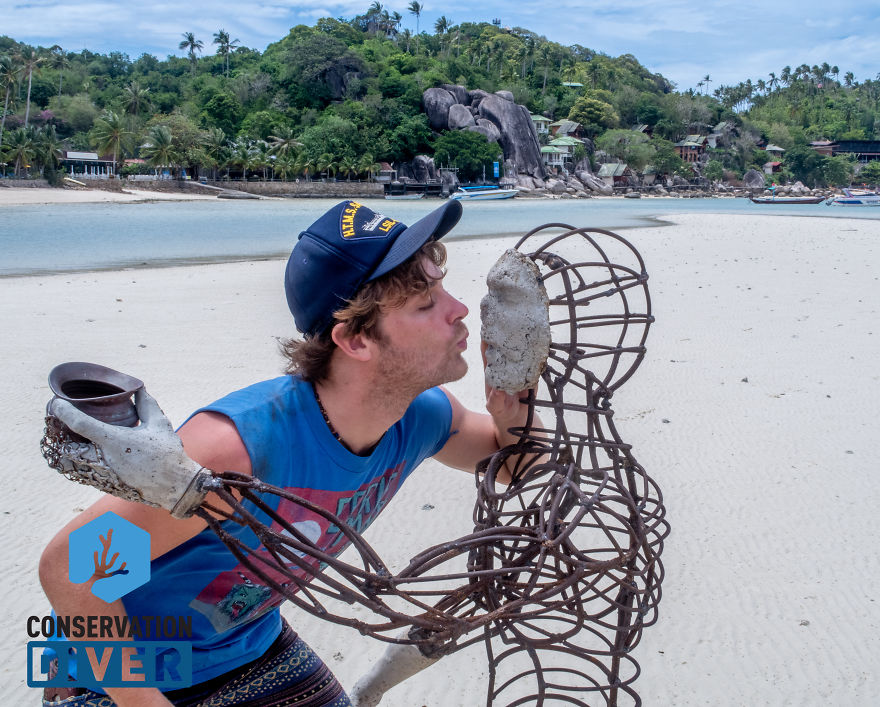
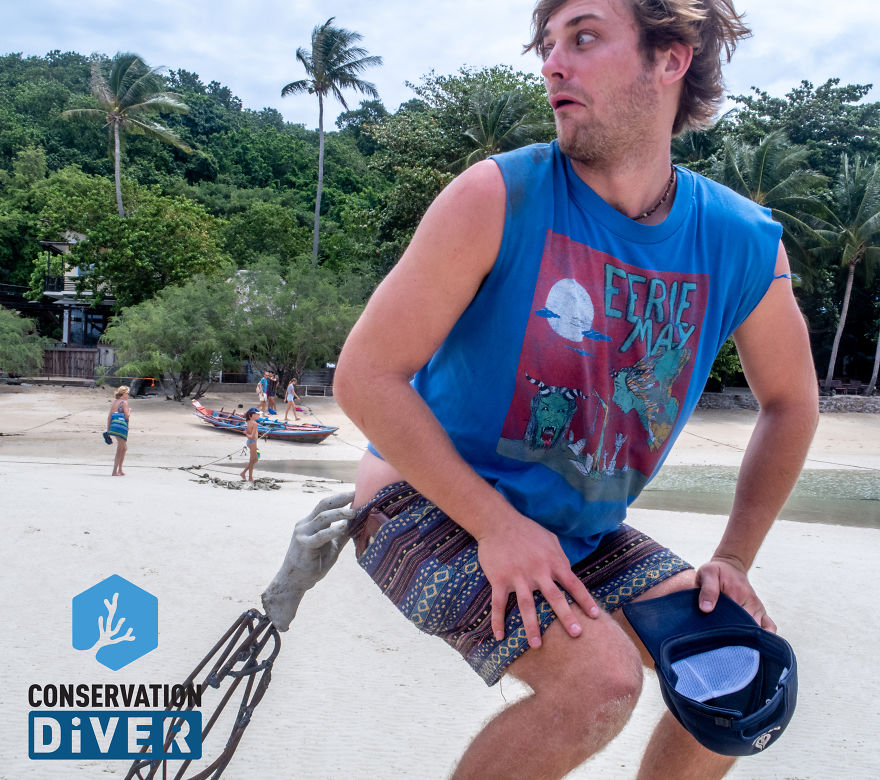
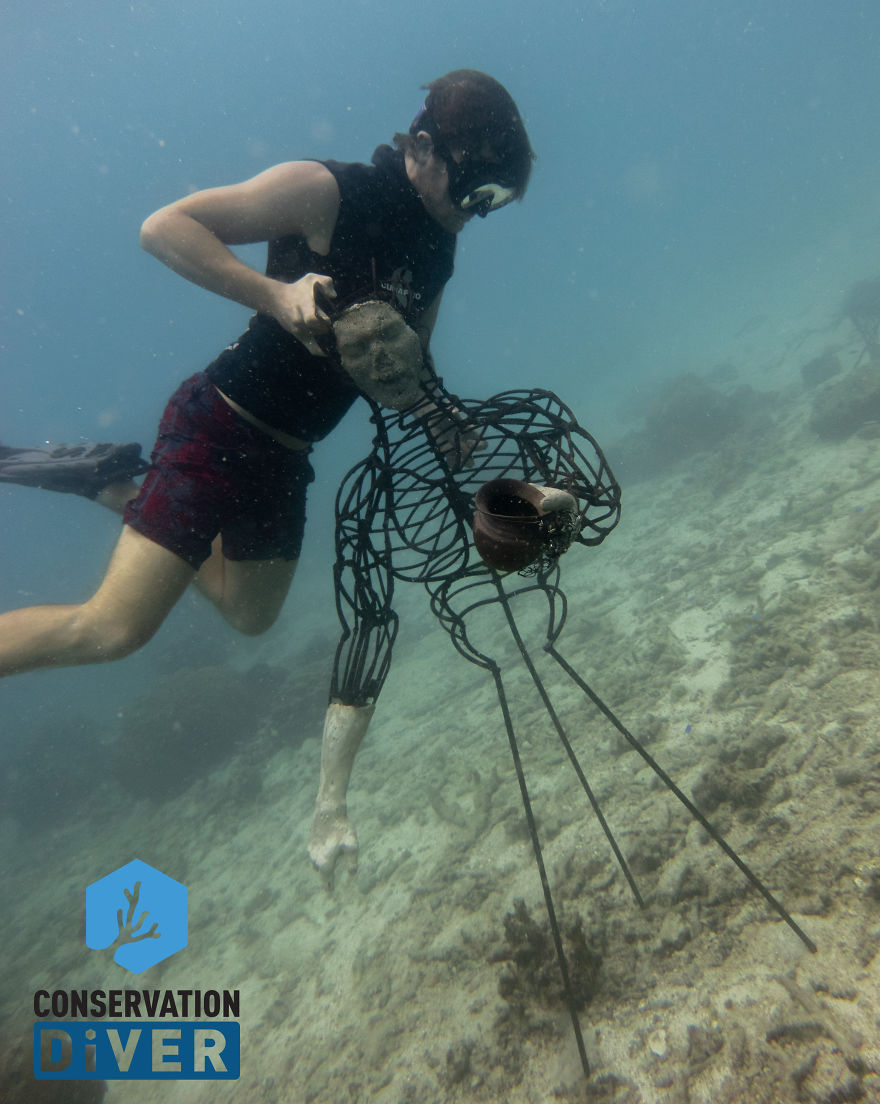
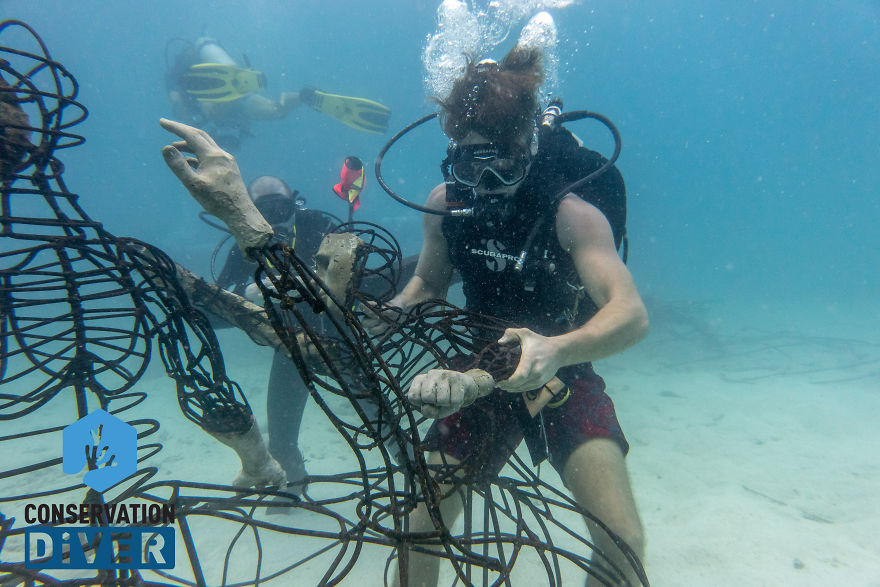
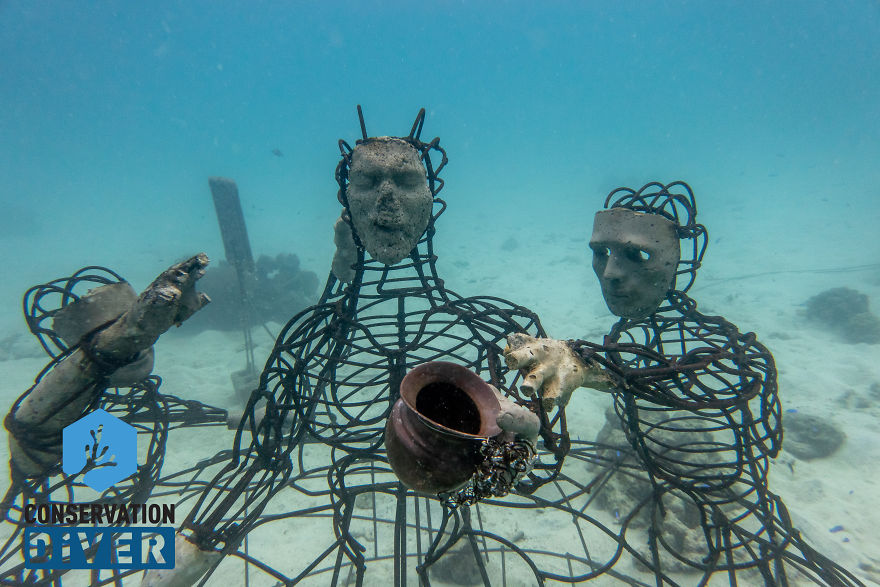
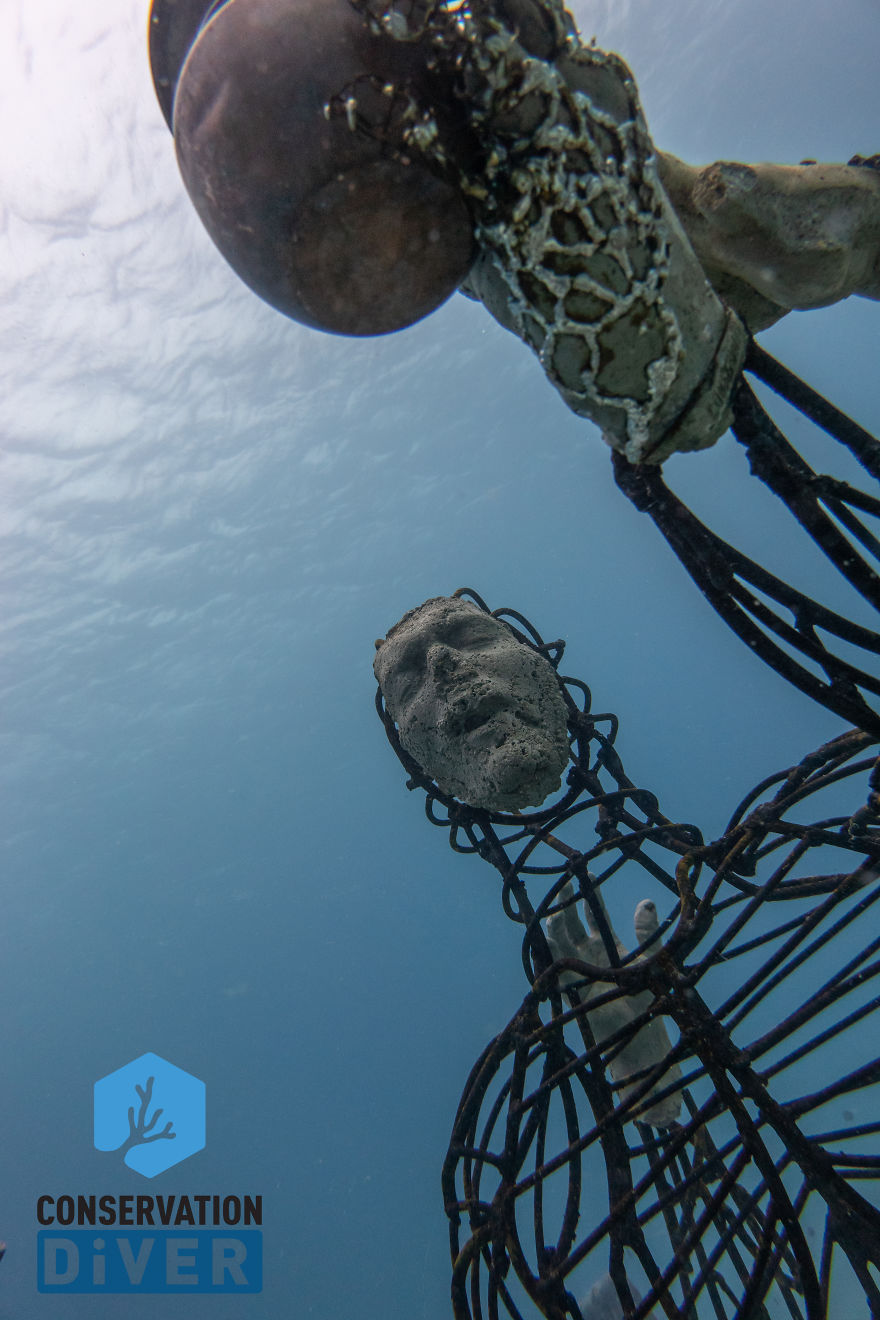
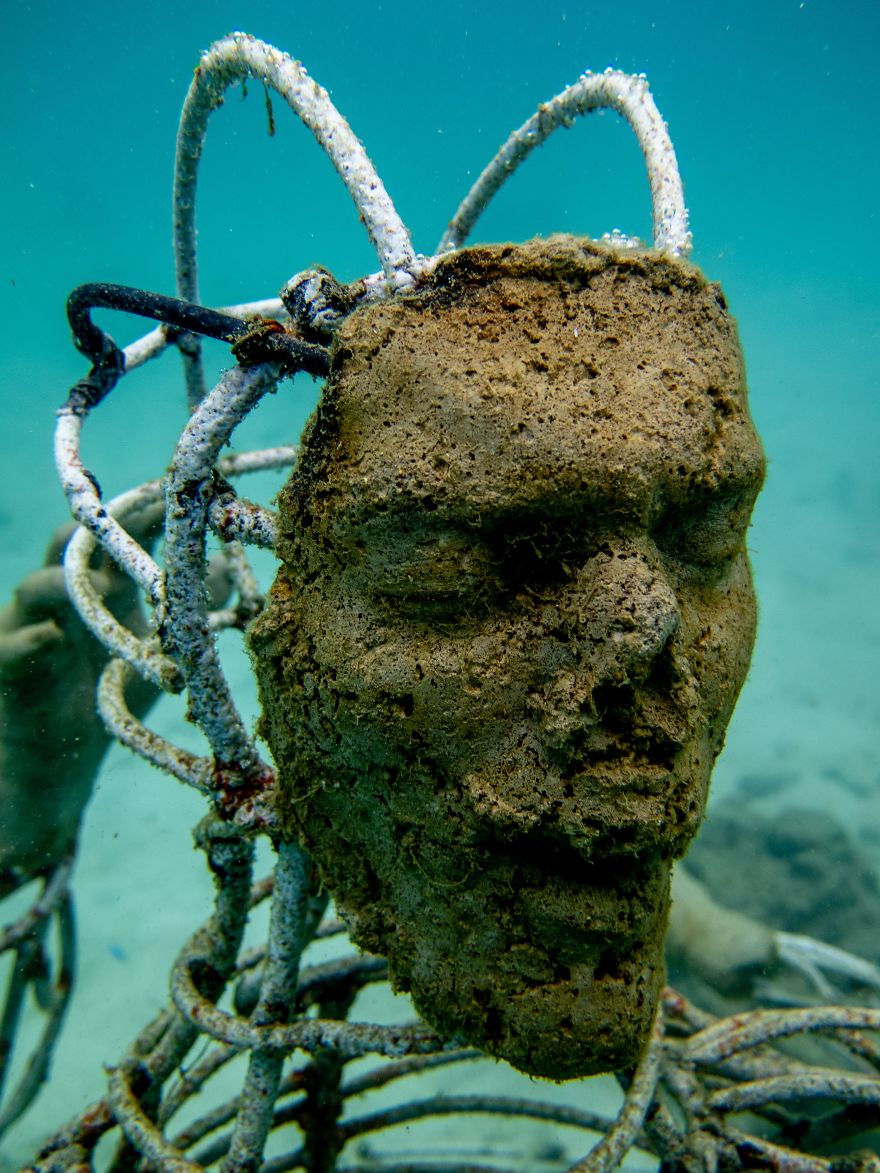
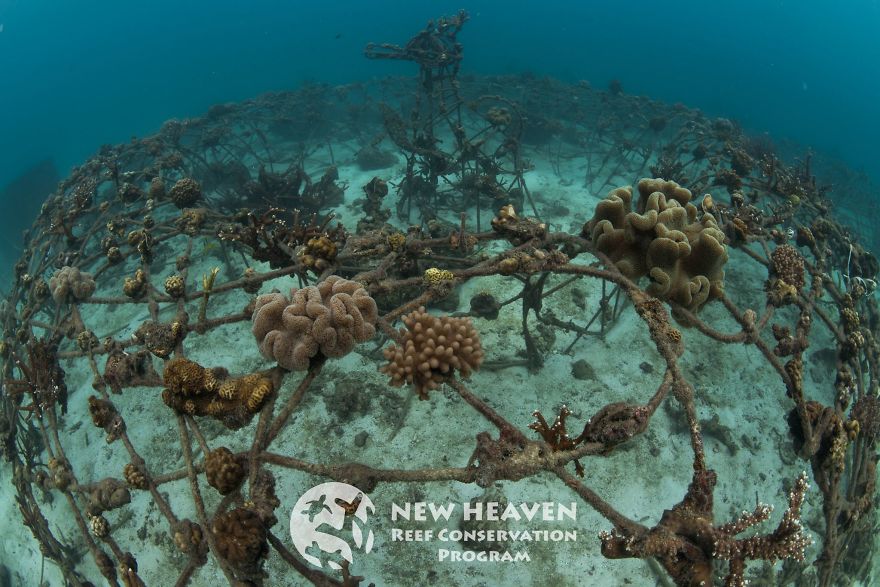


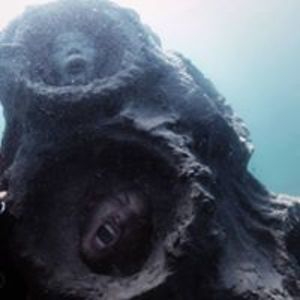



275
32